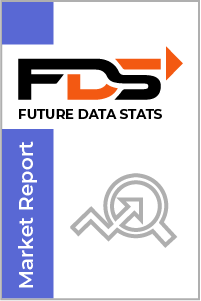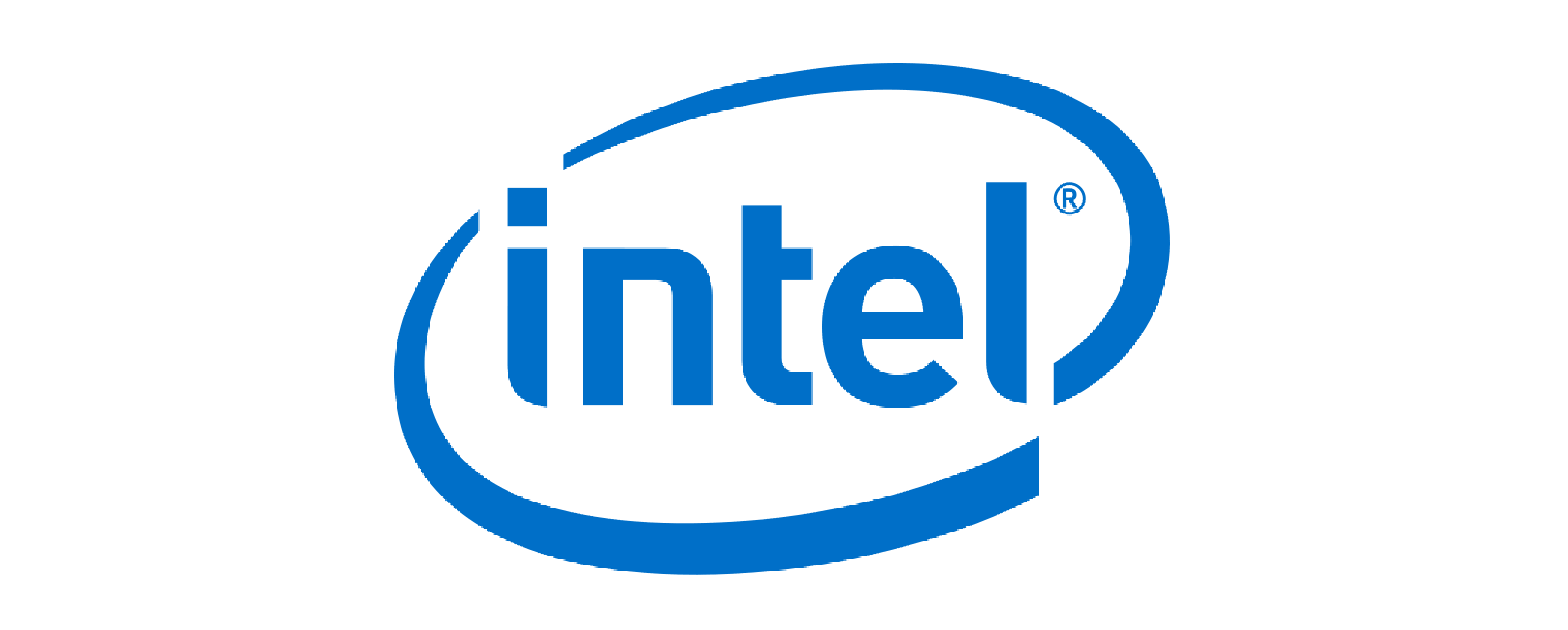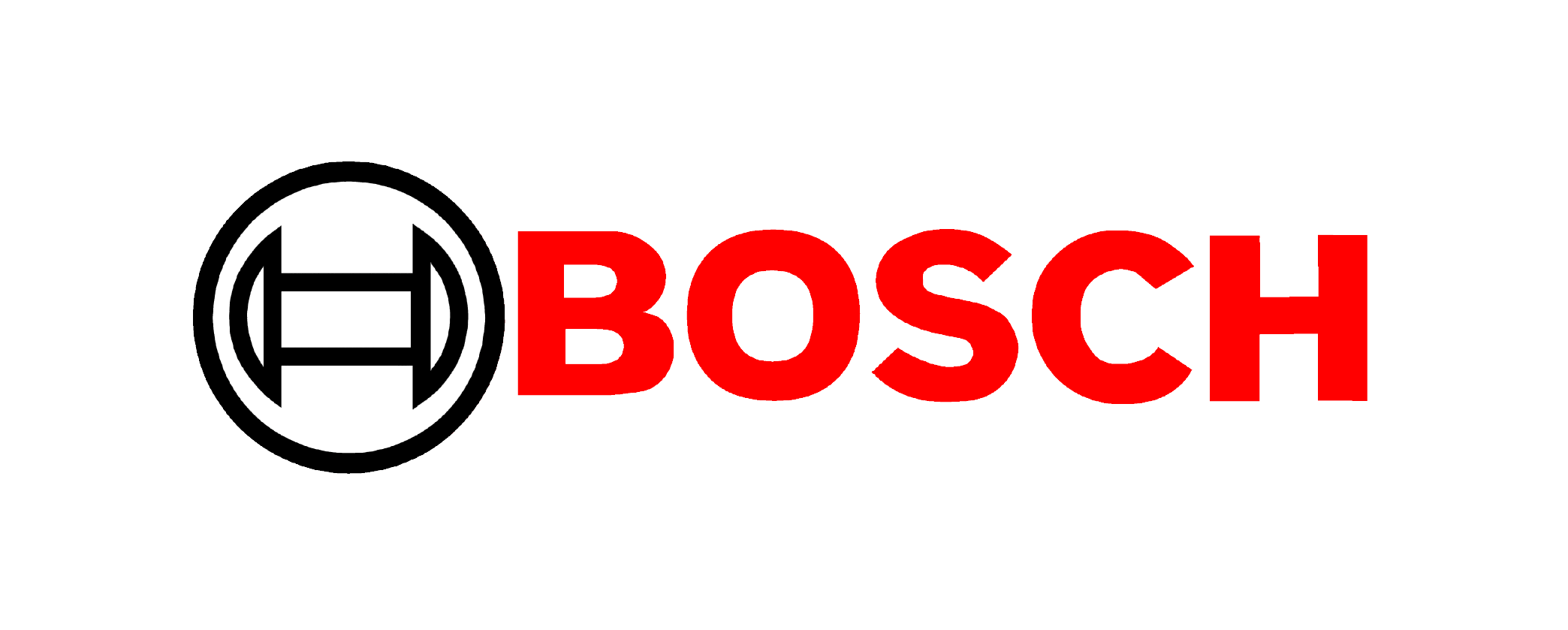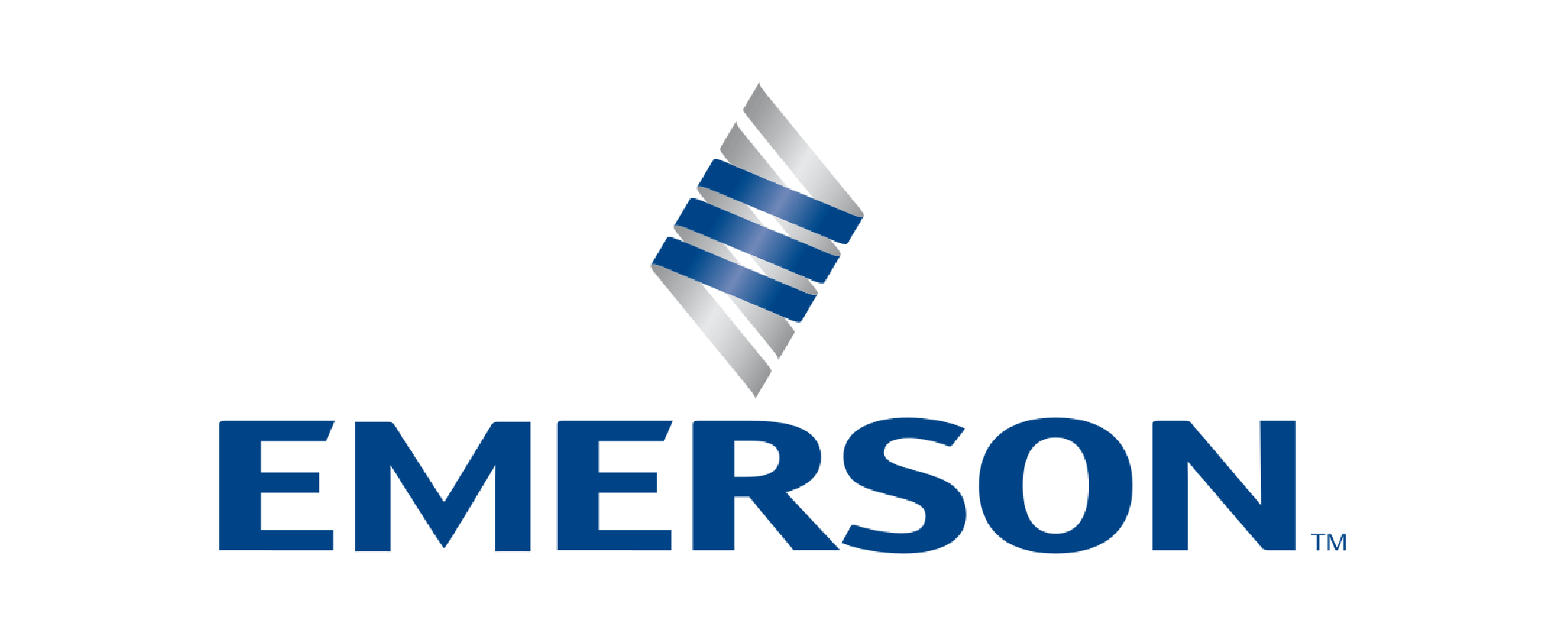The global Sailing Apparel Market size was valued at USD 2.0 Billion in 2024 and is projected to expand at a compound annual growth rate (CAGR) of 7% during the forecast period, reaching a value of USD 4.0 Billion by 2032.
The "Sailing Apparel Market Research Report" by Future Data Stats provides an in-depth examination of the market landscape, utilizing historical data from 2021 to 2023 to identify key trends and growth patterns. Setting 2024 as the foundational year, the report explores consumer behavior, competitive forces, and regulatory frameworks that influence the industry. It transcends basic analysis, delivering a thoroughly researched forecast extending from 2025 to 2033. By employing sophisticated data analysis methodologies, the report not only outlines the market's growth trajectory but also uncovers emerging opportunities and foresees potential obstacles, empowering stakeholders with vital insights to adeptly navigate the changing market landscape.
MARKET OVERVIEW:
Sailing apparel includes specialized clothing designed to protect sailors from harsh weather conditions, UV exposure, and water-related challenges. These garments use advanced materials to ensure comfort, durability, and performance during sailing activities. They provide waterproofing, breathability, and flexibility, making them essential for both professional and recreational sailors. The sailing apparel market focuses on providing high-quality gear for sailors, athletes, and water sports enthusiasts. It caters to different needs, including professional competitions, leisure sailing, and extreme weather conditions. With increasing participation in sailing sports and advancements in fabric technology, the demand for innovative and sustainable sailing apparel continues to grow.
MARKET DYNAMICS:
Manufacturers are integrating advanced materials into sailing apparel to enhance durability, water resistance, and breathability. Sailors prefer lightweight and high-performance fabrics that improve comfort during long hours at sea. Online platforms and specialty stores are expanding their product lines, offering customized gear for professional and recreational sailors. Sustainable and eco-friendly materials are also gaining traction as brands focus on reducing environmental impact. Upcoming trends indicate a rise in smart sailing apparel with built-in sensors for temperature and moisture regulation. Increased participation in sailing competitions and water sports is driving demand for specialized gear. Brands are investing in research and development to introduce UV-protective and quick-drying fabrics. As global interest in sailing grows, companies are expanding their market reach through digital channels and direct-to-consumer sales.
Increasing participation in sailing as a recreational activity and competitive sport has heightened the demand for specialized clothing that offers comfort and protection. Sailors prioritize high-quality, weather-resistant materials that provide both functionality and style, leading manufacturers to innovate in fabric technology and design. Additionally, the rise of eco-conscious consumers is influencing brands to develop sustainable apparel options, further expanding the market. As sailing events gain visibility through social media and global competitions, interest in sailing apparel continues to rise. High-quality gear often comes with a premium price tag, which can deter casual sailors and newcomers to the sport. Moreover, the niche nature of the market may limit widespread awareness and accessibility in some regions. However, significant opportunities exist for growth. By introducing more affordable options and targeting beginner sailors through marketing campaigns, brands can tap into a larger audience. Collaborating with sailing schools and clubs can also enhance visibility and encourage participation, ultimately driving demand for sailing apparel.
SAILING APPAREL MARKET SEGMENTATION ANALYSIS
BY TYPE:
Sailing apparel comes in various types, each designed to offer protection and comfort in different sailing conditions. Jackets provide wind and waterproof protection, while trousers and shorts ensure flexibility and durability. Shirts and T-shirts made from moisture-wicking fabrics keep sailors dry and comfortable during long hours on the water. Footwear plays a crucial role in preventing slips and providing grip on wet surfaces. Gloves enhance grip and protect hands from rope burns, while headwear shields sailors from sun and rain. Each type of apparel is designed to enhance performance and safety, making them essential for both competitive and recreational sailing.
The market continues to grow as brands introduce innovative and eco-friendly materials. The increasing popularity of sailing sports and rising awareness of protective gear drive demand for high-performance sailing apparel. Manufacturers focus on lightweight, breathable, and weather-resistant fabrics to meet the needs of sailors across various conditions.
BY MATERIAL:
Waterproof fabrics dominate the sailing apparel market as sailors demand protection from harsh marine conditions. Brands continue to innovate by developing lightweight, durable, and highly water-resistant materials. Advanced coatings and seam-sealing techniques improve performance, ensuring comfort and dryness. Breathable and UV-resistant fabrics gain popularity as sailors seek apparel that balances protection and ventilation. These materials help regulate body temperature while shielding against prolonged sun exposure. Manufacturers focus on blending functionality with comfort, making sailing gear suitable for various climates.
Neoprene, nylon, and polyester remain essential for wetsuits, drysuits, and general sailing wear. Neoprene offers flexibility and insulation for cold-water conditions, while nylon and polyester provide durability and quick-drying properties. Brands are optimizing fabric blends to enhance strength, stretchability, and sustainability.
BY END-USER:
Professional sailors require high-performance sailing apparel designed for extreme weather conditions and long hours at sea. Their gear must be durable, waterproof, and breathable to ensure maximum protection and comfort. Advanced materials and reinforced stitching enhance performance and longevity. Recreational sailors prioritize comfort and functionality in their apparel. They seek lightweight, versatile clothing that offers sun protection and resistance to wind and water. Sailing teams and clubs focus on uniformity and performance, often choosing customized gear for branding and team identity.
Water sports enthusiasts drive demand for multi-purpose sailing apparel that blends style with functionality. Their clothing must be flexible and quick-drying while providing adequate protection. Innovations in fabric technology continue to improve the market, meeting the diverse needs of end-users.
BY DISTRIBUTION CHANNEL:
Online stores dominate the sailing apparel market by offering a wide selection, competitive prices, and convenience. Customers can compare products, read reviews, and access global brands from anywhere. The rise of e-commerce platforms has significantly boosted sales. Specialty sports stores and brand outlets cater to sailors who prefer in-person shopping. These stores provide expert guidance, allowing customers to try on apparel and ensure proper fit. Brand outlets attract buyers seeking high-quality, performance-driven sailing gear.
Retail stores continue to serve a diverse customer base by offering accessibility and seasonal promotions. They provide hands-on shopping experiences, appealing to both casual and professional sailors. The combination of physical and digital retail enhances overall market growth.
REGIONAL ANALYSIS:
North America and Europe lead the sailing apparel market due to a strong sailing culture and advanced marine sports infrastructure. Professional sailors and recreational enthusiasts demand high-performance gear, driving innovation in waterproof and UV-resistant fabrics. Leading brands expand their presence through online platforms and specialty stores, ensuring easy access to premium sailing apparel. Sustainability also plays a key role, with companies integrating eco-friendly materials to meet consumer preferences.
Asia Pacific and Latin America witness growing interest in sailing activities, boosting demand for durable and breathable apparel. Expanding coastal tourism and increasing participation in water sports contribute to market growth. The Middle East and Africa see gradual adoption as sailing events and marine tourism gain popularity. Manufacturers focus on expanding distribution channels and offering region-specific designs to cater to diverse climate conditions.
MERGERS & ACQUISITIONS:
- In April 2024: Zhik launched a pioneering high-performance wetsuit range made from sustainable, plant-based Yulex rubber, free of neoprene.
- In June 2024: Musto launched the Flexilite Cooling range in the Musto dinghy collection, designed to keep athletes cool, dry, or warm, depending on the day’s conditions.
KEY MARKET PLAYERS:
- Helly Hansen
- Musto Limited
- Gill North America Inc.
- HENRY-LLOYD
- Zhik
- Slam
- Marinepool
- Henri Lloyd
- Didriksons
- Dubarry
- Crewsaver
- Baltic
- Magic Marine
- Pelle P
- Sail Racing
- Sea Staff
- Atlantis WeatherGear
- Ronstan
Research Methodology
At Future Data Stats, our research methodology is anchored in nearly 70 Years of combined industry expertise, refined to deliver precise market intelligence and actionable industry insights. We employ a systematic, multi-layered approach to ensure accuracy, reliability, and strategic relevance in our analyses. Below is a detailed overview of our methodology:
Methodological Framework
Our process integrates primary and secondary research, advanced analytical frameworks, and industry-specific expertise to generate comprehensive market evaluations. The methodology is structured to provide stakeholders with a granular understanding of market dynamics, competitive landscapes, and growth opportunities.
Comprehensive Market Insights
We deliver a 360-degree perspective on market size, structure, and emerging trends by synthesizing data from diverse sectors. Our analysis focuses on:
- Trend Identification: Real-time monitoring of industry developments and macroeconomic factors.
- Growth Drivers: Quantitative and qualitative assessment of factors influencing market trajectories.
- Forecasting: Scenario-based projections using validated data and expert evaluations.
All insights are grounded in high-quality datasets, independent expert perspectives, and rigorous validation protocols to ensure alignment with client objectives.
Data-Driven Research Approach
We leverage a multi-source data ecosystem to enhance analytical depth:
- Primary Research:
- Stakeholder Interviews: 24+ hours of structured engagements with industry leaders, suppliers, distributors, and end-users.
- Key Opinion Leader (KOL) Consultations: Customized questionnaires and in-depth discussions to capture nuanced insights.
- Value Chain Analysis: Holistic coverage from raw material suppliers to end-consumer dynamics.
- Secondary Research:
- Document Analysis: Evaluation of 3,000+ sources, including industry reports, regulatory publications, and competitive benchmarking data.
- Macro-Level Data: Integration of statistics from government databases, trade associations, and global indices.
Analytical Framework
Our dual-pronged analytical strategy ensures precision in market sizing and competitive positioning:
- Bottom-Up Approach:
- Calculation of regional and global market sizes through granular revenue analysis of key players.
- Validation via demand-supply gap assessments and pricing trend evaluations.
- Top-Down Approach:
- Identification of market leaders and segmentation based on product portfolios, regional presence, and innovation capabilities.
- Market share derivation using financial disclosures and industry benchmarks.
Key Methodological Advantages
- Actionable Intelligence: Robust datasets and trend analysis to inform strategic decision-making.
- Technological Rigor: Proprietary analytical tools and sector-specific models to enhance data accuracy.
- Unbiased Outcomes: Transparent, independent insights free from external influence.
Quality Assurance
Every research output undergoes a multi-stage validation process, including peer review, cross-verification with industry benchmarks, and real-time data updates. This ensures our findings remain current, credible, and actionable.
By combining empirical research, advanced analytics, and industry acumen, Future Data Stats empowers clients to navigate complex markets with confidence and achieve sustainable growth. Our methodology reflects a steadfast commitment to excellence, innovation, and client success.















